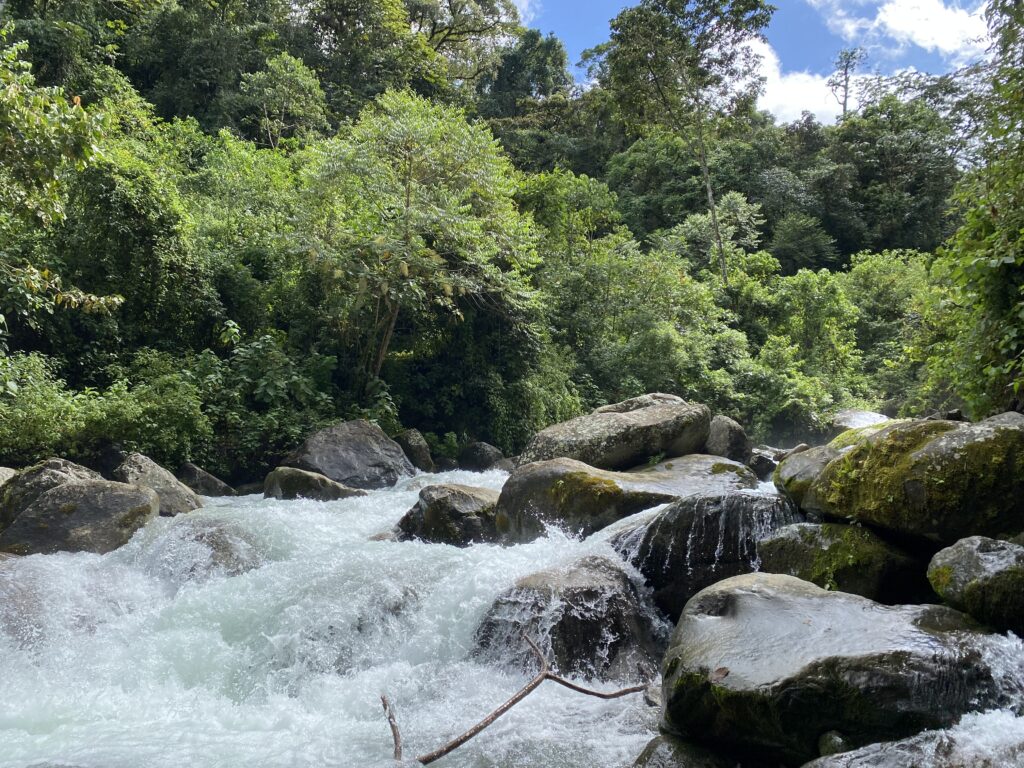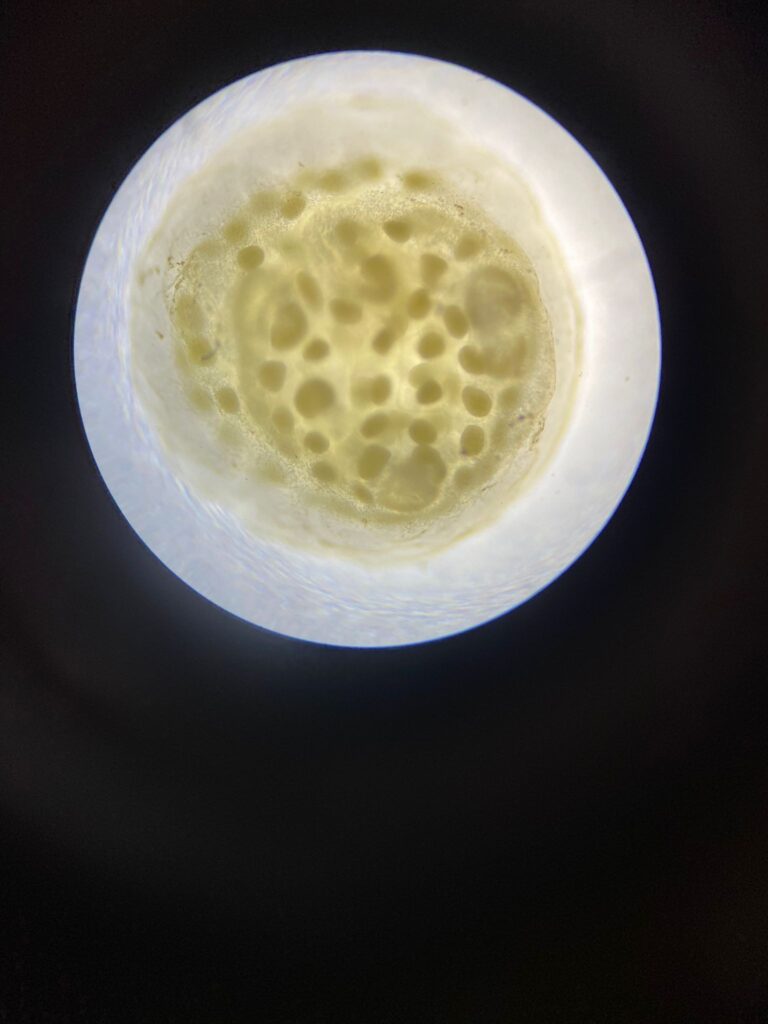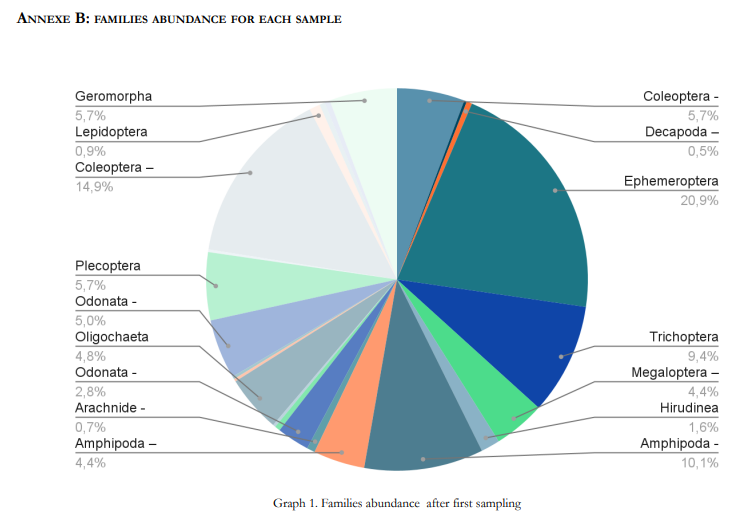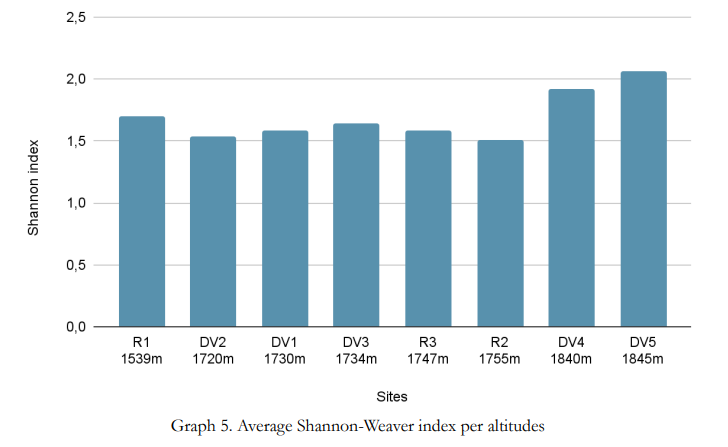
In our current day, clean water is a privilege. Accessibility and abundance of water for drinking, bathing, washing, cooking and so on, is something that many of us don’t think twice about. But water isn’t just a service that humans need – its use and significance stretches across every single organism in the animal kingdom. Other mammals, reptiles, amphibians, insects, including macro and micro invertebrates!

Normally, we don’t necessarily want our drinking water to be filled with invertebrates as they don’t exactly serve a beneficial function to our health. But in naturally occurring water that isn’t for drinking, these tiny specimens serve an immensely important purpose. Benthic communities, as they’re called, act as a natural filter for the water. They help to maintain both the quality of the riverbed, as well as the water quality itself (think oxygen levels, nutrient cycling, etc). When a body of water has a lack of these invertebrates, this is when you’ll find water that’s murky, and when harmful algae can begin forming.

At Cloudbridge, we’re extremely fortunate to have the Río Chirripó Pacífico, of the Pacific Chirripó River, running through the heart of the property. This fresh water source is essential to all life in this area of the Talamanca mountain range, which is why it’s important to not only protect it, but monitor the microhabitats within it to determine its health. This is what researcher Ana Meunier sought out to do, as previous benthic studies at Cloudbridge have been few and far between.

To ascertain data on the benthic communities within the river, Ana took samples from various sites throughout the reserve across an elevation gradient. While seeing if the benthic community compositions would differ at these varying elevations was the main focus of the study, the final results of what she discovered would ultimately serve as a water quality assessment, too. Factors such as water velocity, depth, and time of year all have impacts on what communities will be found. In the end, Ana discovered various families of beetles, stoneflies, caddisflies, and mayflies, which has certain aquatic implications. To see what this means for our water quality, you’ll have to read her paper here.
Suggested Reading:
- As previously mentioned, accessibility to clean drinking water is a privilege, when it should be a right. To play your part in maintaining water sources around you, there are some tips from the US Environmental Protection Agency (EPA) on how you can participate. At the very least, being mindful of your actions serves as a good first step.
- Not convinced that having bugs in the water is a good thing? The National Park Service in the US runs consistent sampling of the invertebrate communities, and time and again tell us the positive impacts that they have on the perspective water sources.
- For a deep look into the life cycle of water invertebrates, there’s a thorough explanation compiled from Maryland. For a lighter description, you can read what the National Park Service in the US has to say, instead.
